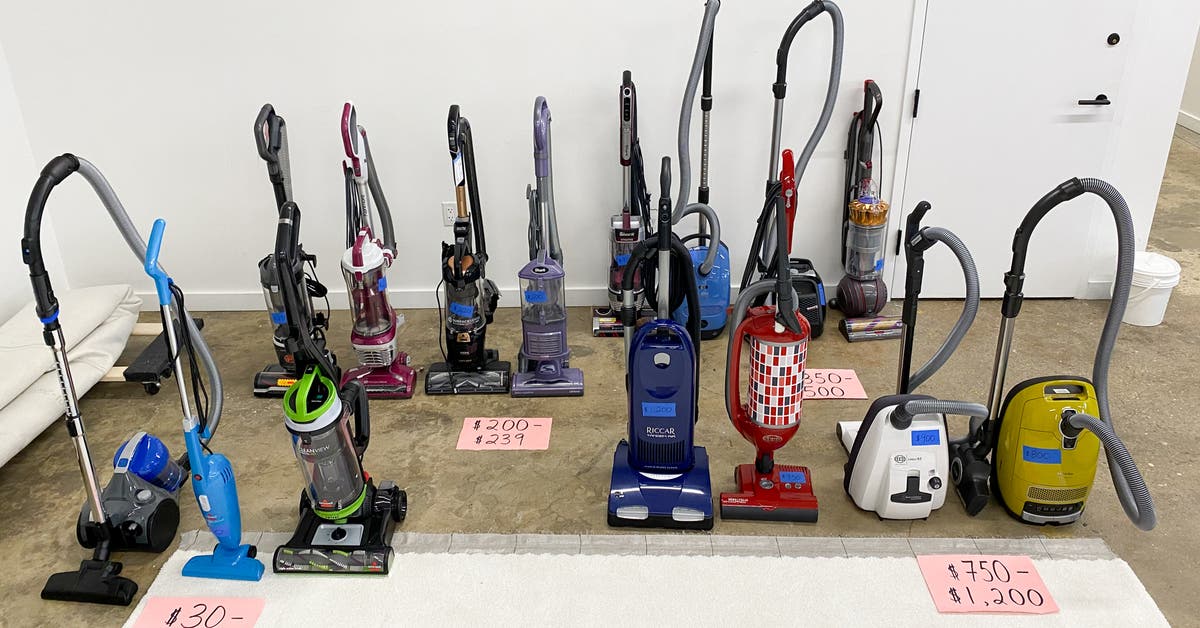10 years of experience as a food machinery equipment manufacturer
10 years of experience as a food machinery equipment manufacturer
Selecting the right vacuum roller mill is a critical decision for businesses relying on efficient powder processing. When evaluating options in the popular 500 series size category, thorough research and consideration of specific factors are paramount. Here are top tips to guide buyers towards an optimal choice:

Before diving into specifications, clearly define your application requirements. The 500 vacuum roller mill designation typically refers to the size and power class, suitable for various industrial tasks. Key questions to ask include:
Aligning mill capabilities with these core operational needs is the foundation of a good decision.
Armed with your requirements, scrutinize the technical details of potential 500 vacuum roller mill models:
Operational costs are heavily influenced by efficiency and control capabilities:
Safety is non-negotiable:
Long-term reliability depends on support:
Whenever possible, move beyond specifications:
Compile your findings:
Choosing the best 500 vacuum roller mill requires a systematic approach. By diligently following these buyer tips – focusing on application needs, technical specifications, efficiency, safety, support, and practical validation – businesses can make an informed investment that delivers optimal performance, reliability, and value for years to come.
